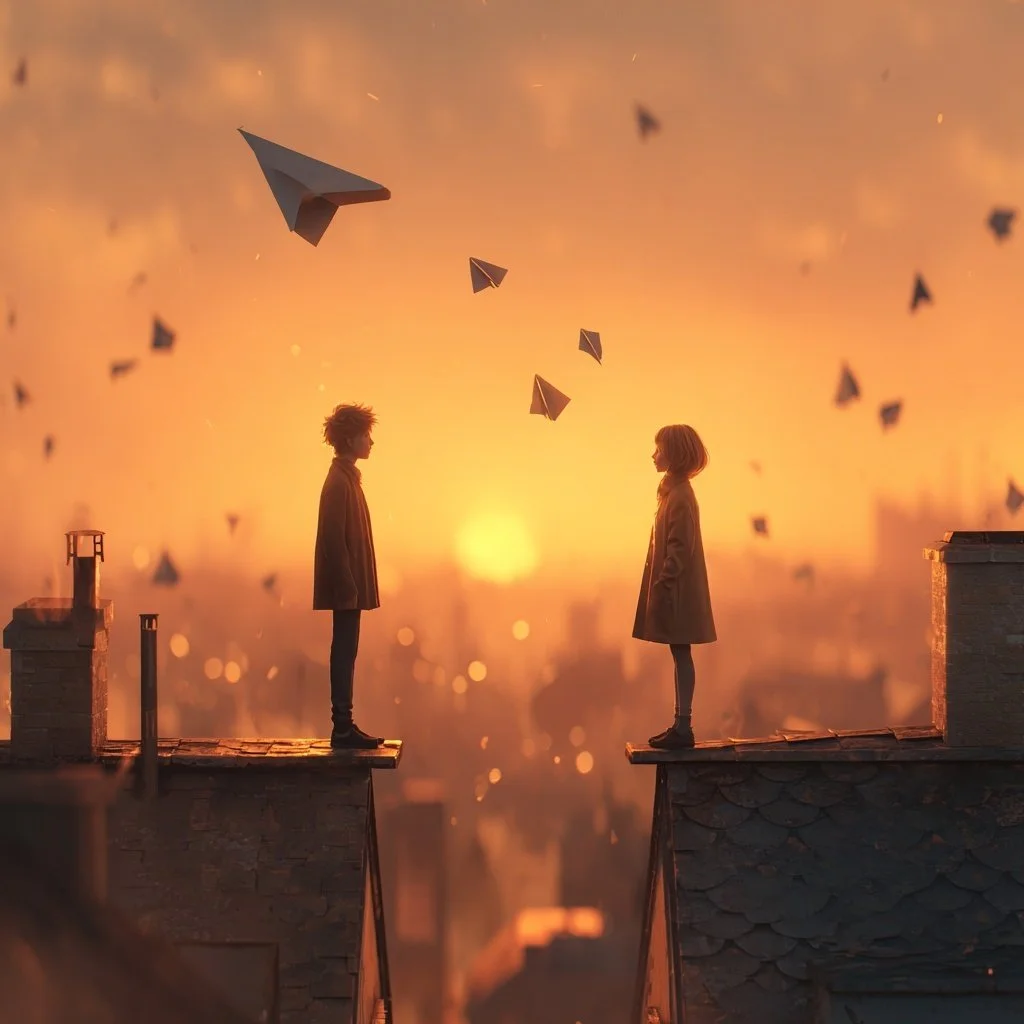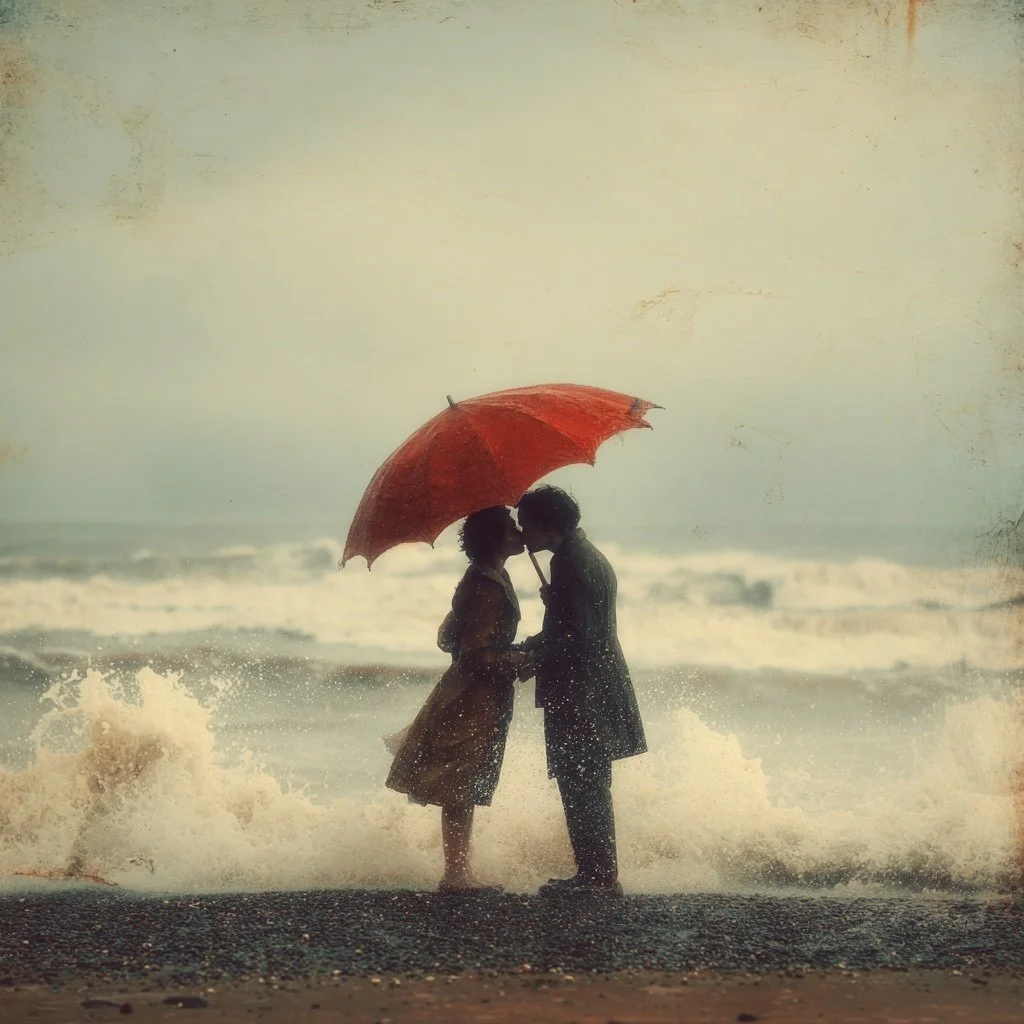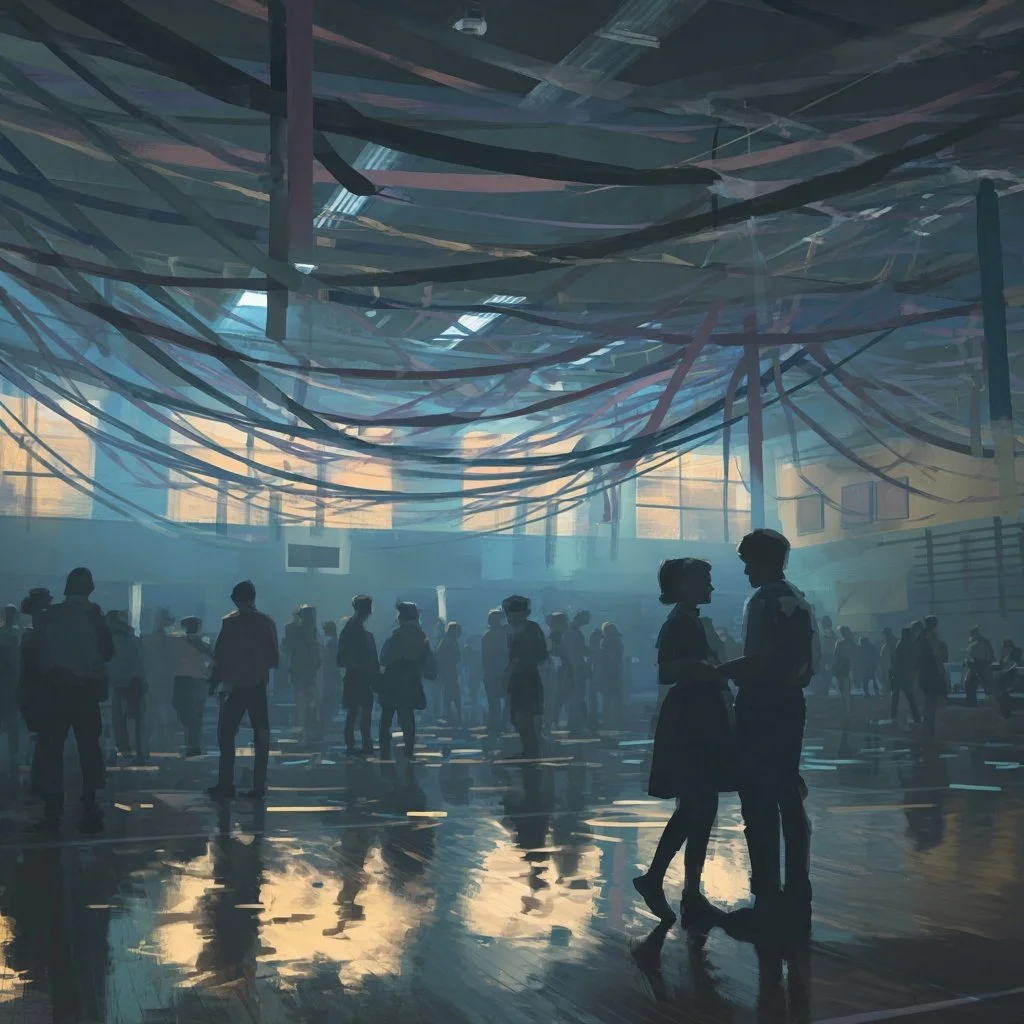70 Romance Writing Prompts for Teens: Story Starters, Titles, Characters, Settings & Visual Ideas
Romance writing isn’t just about love stories. It’s about connection, vulnerability, and what it means to be truly seen. It’s one of the most emotionally resonant genres for teen writers to explore, offering a safe space to imagine relationships, wrestle with identity, and express longing, heartbreak, and hope.
These romance writing prompts are designed for teen writers and include story ideas, titles, dialogue lines, character concepts, swoon-worthy settings, and visual inspiration. Whether you're planning a full unit or just need a low-prep writing task, this list is designed to spark meaningful, memorable stories.
1. Plot Hooks
These romance story prompts go beyond clichés. Some are cute. Some are messy. Some are unexpected. They’re all about the feelings we can’t quite explain - and what happens when we try:
Write a story about two students who get partnered for a project, and realise one of them wrote an anonymous love letter to the other last year.
Write a story about someone who receives a love note meant for someone else… but doesn’t correct the sender.
Write a story about a couple that breaks up every summer, but always gets back together on the first day of school.
Write a story about a character who’s never been kissed, and suddenly finds themselves the centre of a bet.
Write a story about a late-night phone call to the wrong number that turns into something more.
Write a story about two characters who meet while helping their best friends plan a secret relationship.
Write a story about a crush that forms entirely through shared glances across the school corridor.
Write a story about a breakup text that was never meant to be sent, but changes everything.
Write a story about falling in love with someone through a shared online game, never realising it’s someone you already know.
Write a story about two people who agree to fake date for a week, and one of them starts wishing it wasn’t fake.
2. Title Prompts
A good romance title already hints at the ache, the thrill, or the softness inside the story. These can be used as inspiration, challenges, or story seeds:
Before I Knew You
The Second First Time
Something Like a Secret
If We Were the Only Ones
The Summer I Didn’t Forget
You, Again
How to Fall in Love at a Bus Stop
Notes Between the Lines
The One I Didn’t See Coming
Me, You, and the End of the World
3. Opening Lines
Romance opening lines should pull readers in and leave them wanting more. These are designed to spark curiosity, emotion, and momentum - perfect for kicking off timed writes or full pieces:
I wasn’t planning to fall in love.
He was holding my book.
She kissed me like it meant nothing.
The first time we met, he got my name wrong.
I fell for her in the middle of a thunderstorm.
My heart was not part of the plan.
He showed up every Friday, like clockwork, and never ordered the same drink twice.
I thought love would feel louder.
I saw them everywhere, except when I actually needed to.
That day started with detention and ended with a dare.
4. Closing Lines
The perfect ending in romance doesn’t always need a kiss. Sometimes it’s a maybe. A promise. A truth finally spoken. These lines are designed to leave readers with feeling:
I never said it back; I didn’t have to.
Maybe this wasn’t the end, maybe it was just the beginning.
He took my hand like he’d done it a hundred times before.
I didn’t know what tomorrow would bring, but I knew who I wanted beside me.
We laughed until it stopped hurting.
She smiled, and everything else blurred.
We weren’t perfect, but we were honest.
I waited, and this time, he did show up.
The world didn’t stop spinning, but I did, just for a second.
And finally, I let go of the past.
5. Character Ideas
Romance characters don’t have to be lovesick poets or confident flirts. They can be awkward, angry, unsure, or scared. These prompts help students build character-driven romance with real emotional weight:
A girl who doesn’t believe in love, until she meets someone who makes her want to try.
A boy who writes anonymous poems and hides them in library books.
A non-binary teen who volunteers at the animal shelter every weekend, and falls for someone terrified of dogs.
A student who’s always in the background, until a photography project brings them into focus.
A hopeless romantic trying to move on after their first heartbreak, until they meet someone who changes everything.
A best friend who’s been in love for years, and has finally decided to say something.
A new student who always wears headphones and never speaks, until they do.
A drama student cast as the romantic lead, and forced to rehearse a kiss with someone they can’t stand.
A teen who writes love letters for other people, but has never sent one themselves.
A barista who writes the wrong name on every cup, except theirs.
6. Setting Ideas
Romance stories come alive in the right setting. In places where secrets are whispered, glances are exchanged, and time slows down. These ideas are grounded, atmospheric, and full of story potential:
A train station where the same two people cross paths every week but never speak.
A small-town summer fair with rides, lights, and unexpected moments.
The school library during the last week of term, when no one else is there.
A quiet diner with a jukebox that always plays the wrong song, until it doesn’t.
The top row of a football stadium, where nobody else wants to sit.
A community theatre during dress rehearsals.
A rainy bus stop with one working bench and one shared umbrella.
A part-time job at a garden centre, and someone who keeps showing up to buy the same plant.
A lost-and-found box that holds more than forgotten scarves.
A train ride to somewhere new, or back to someone familiar.
7. Picture Prompts
Romance picture prompts help students write visually, emotionally, and with a sense of atmosphere. Whether it’s longing, connection, or chance encounters, these images hold a thousand quiet moments worth exploring.
Use them for descriptive writing, story starters, or narrative experiments where feeling drives the plot.










Want a fresh writing spark every day? My Daily Writing Prompts subscription delivers 365 themed prompts plus teacher slides, perfect for keeping creativity flowing year-round.